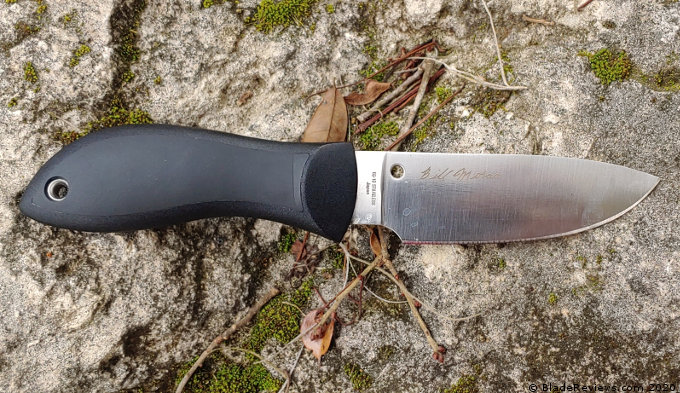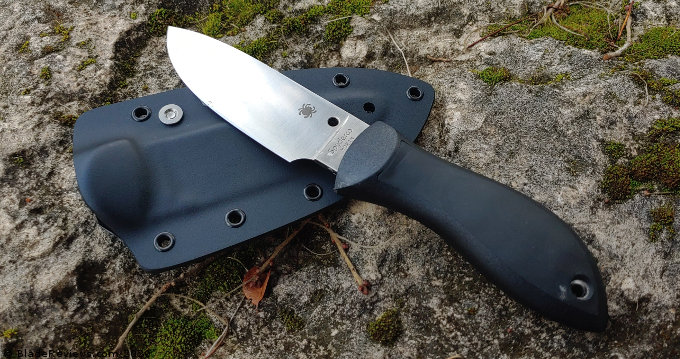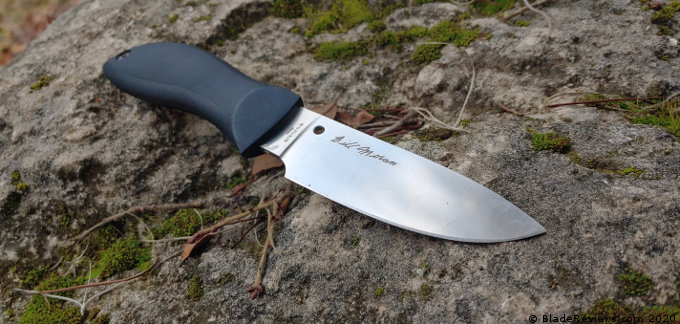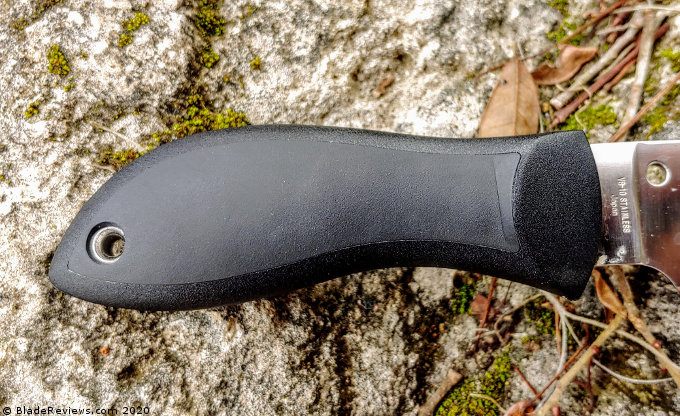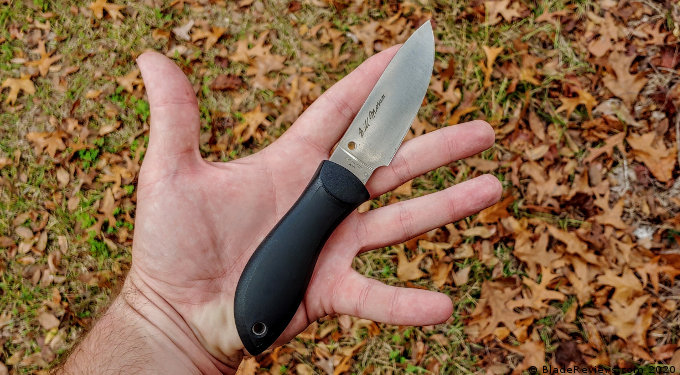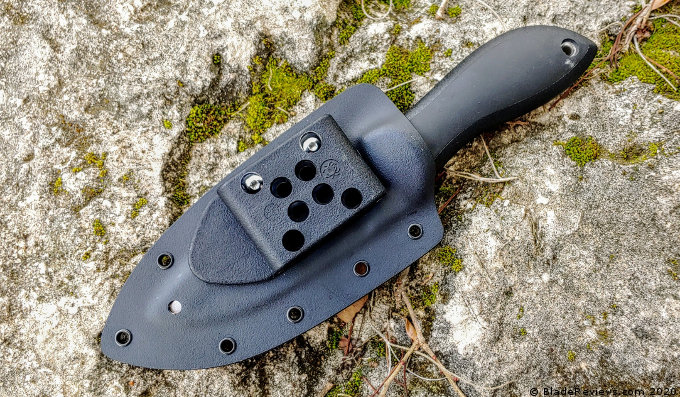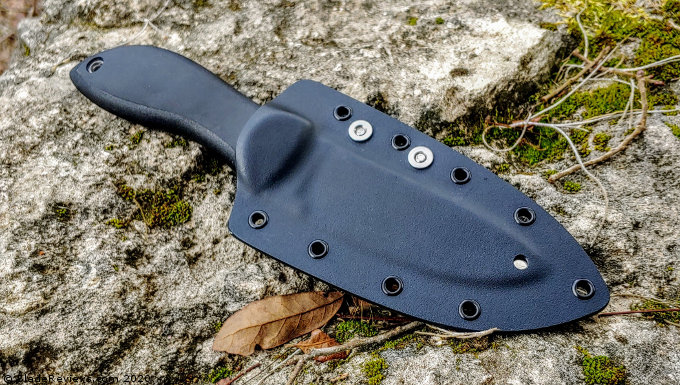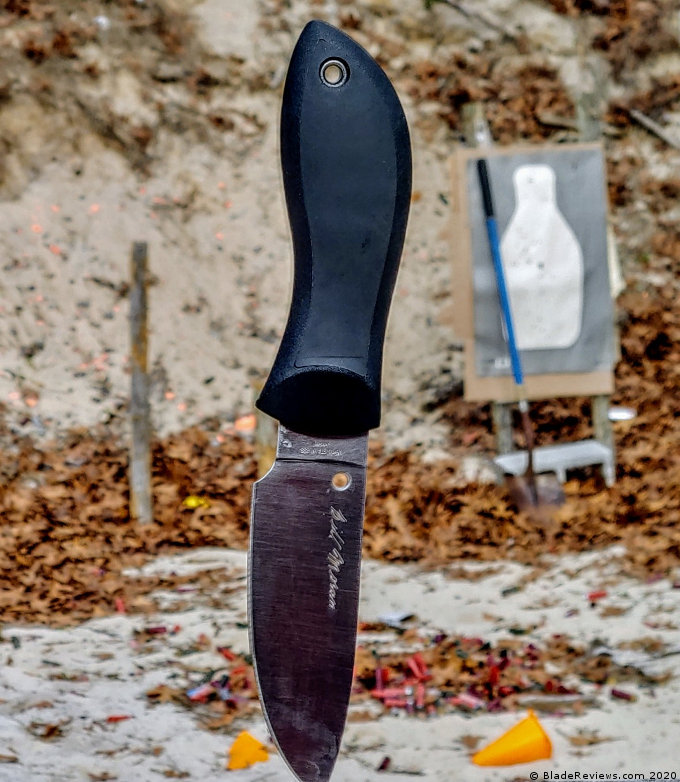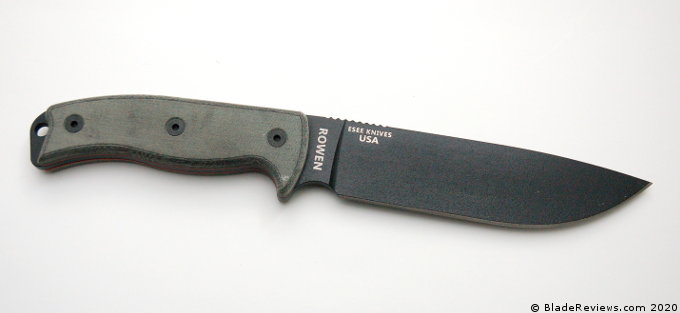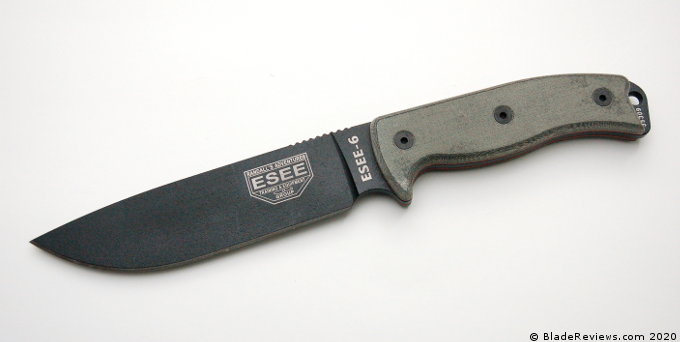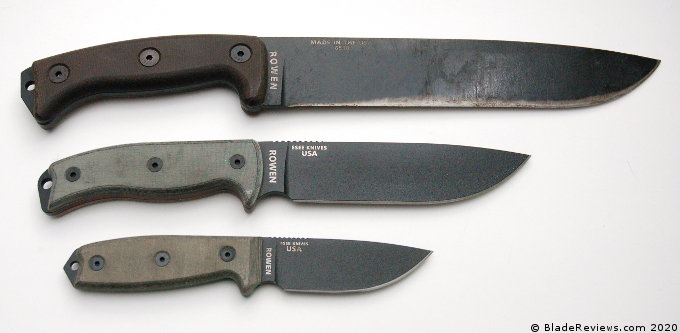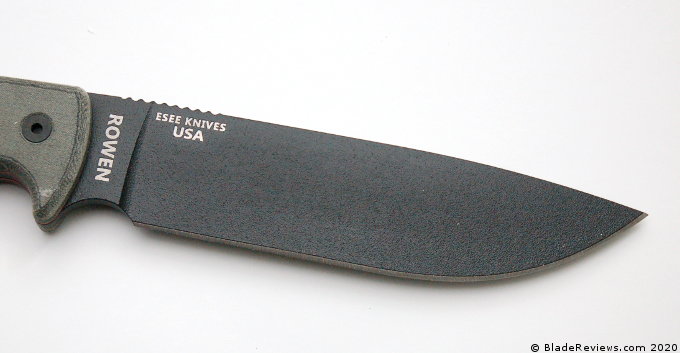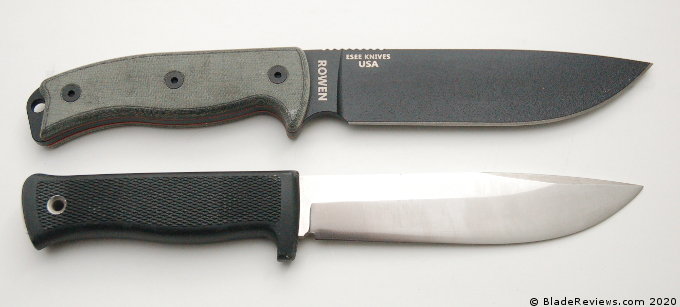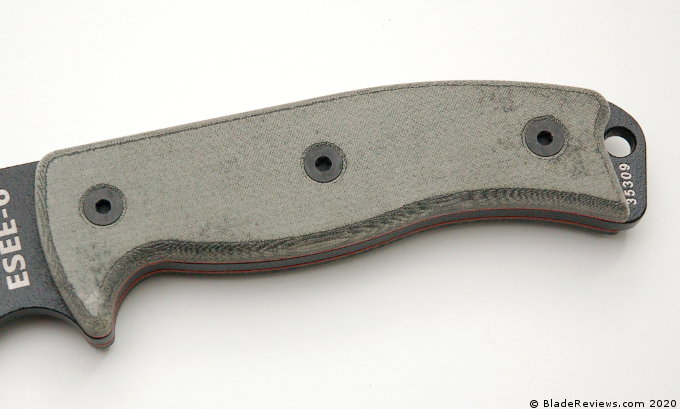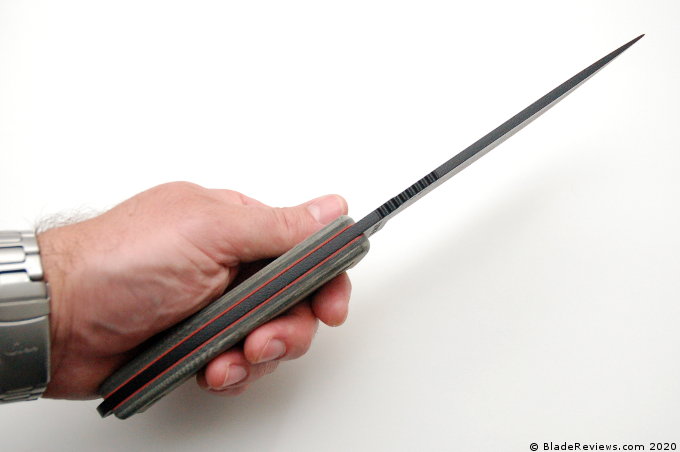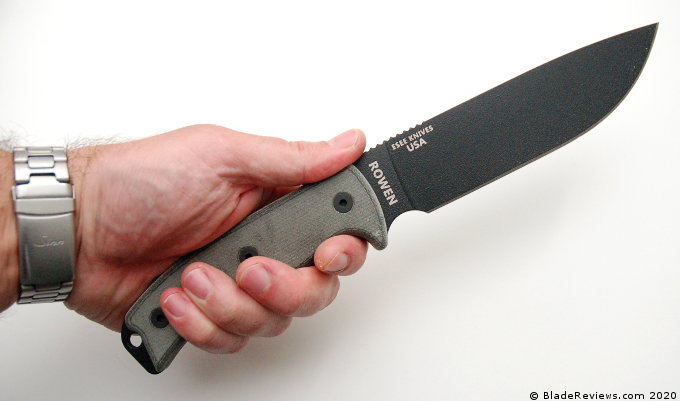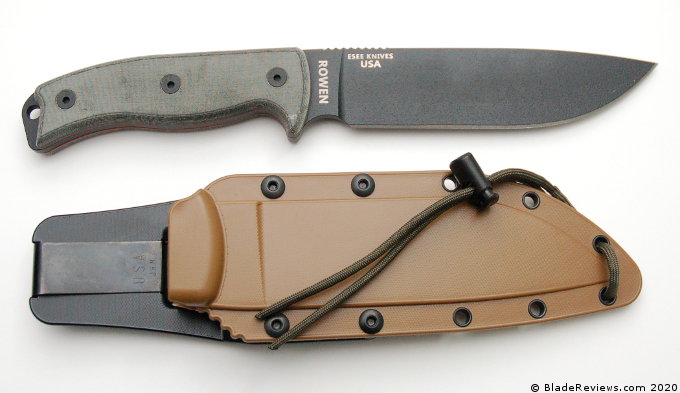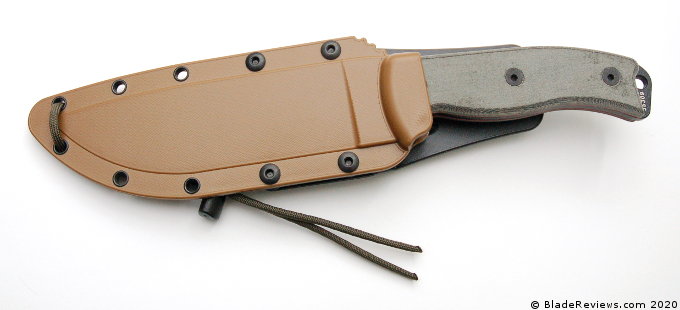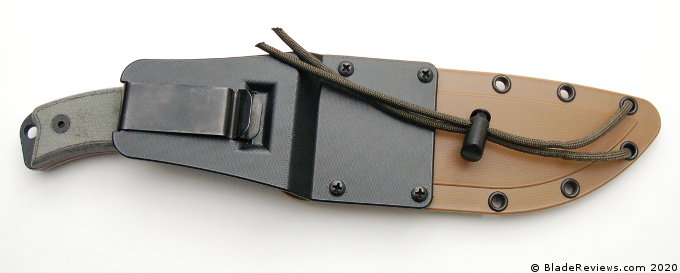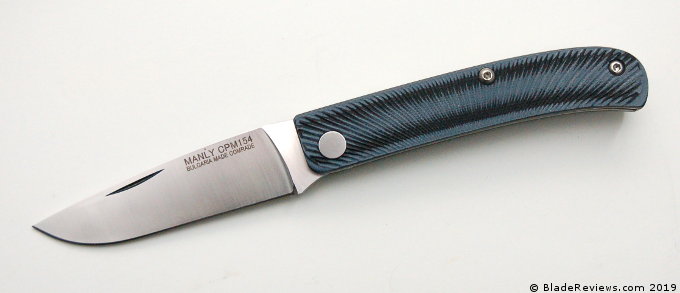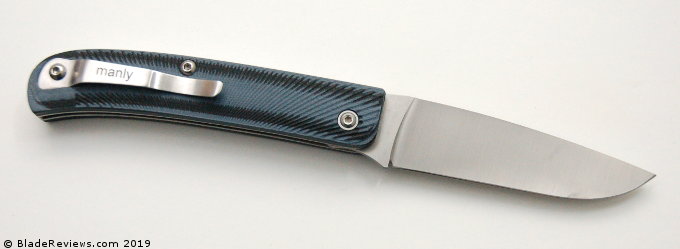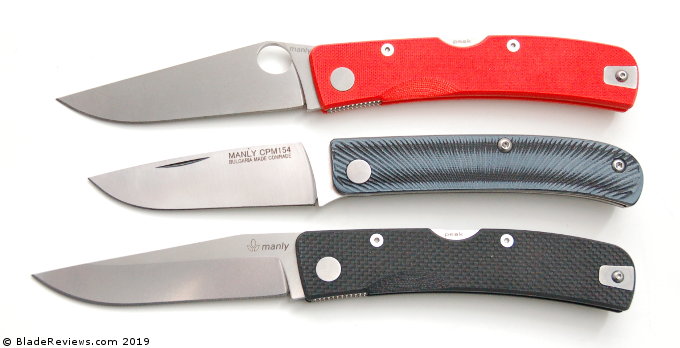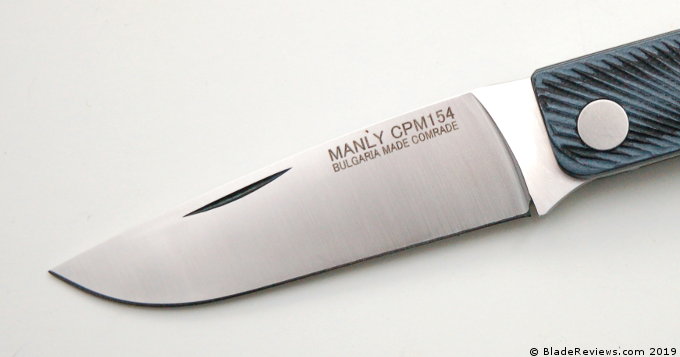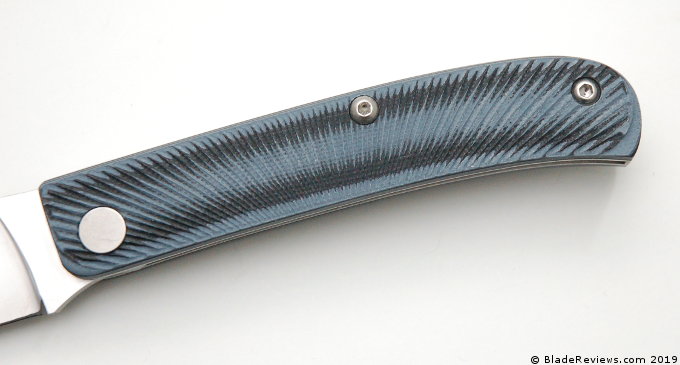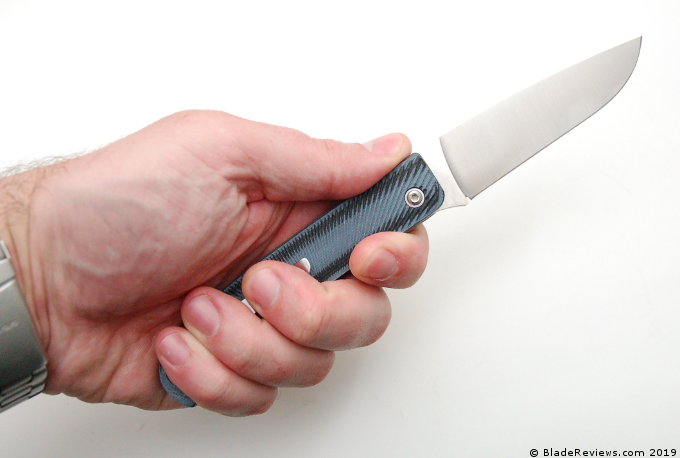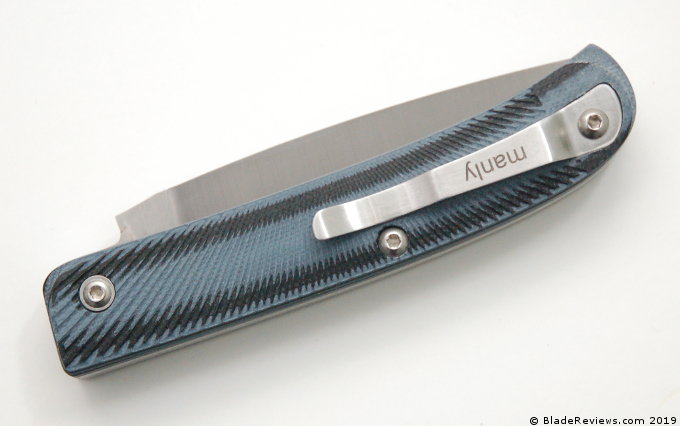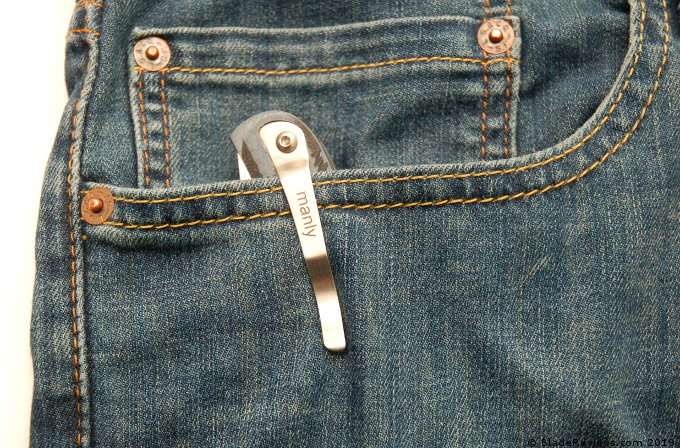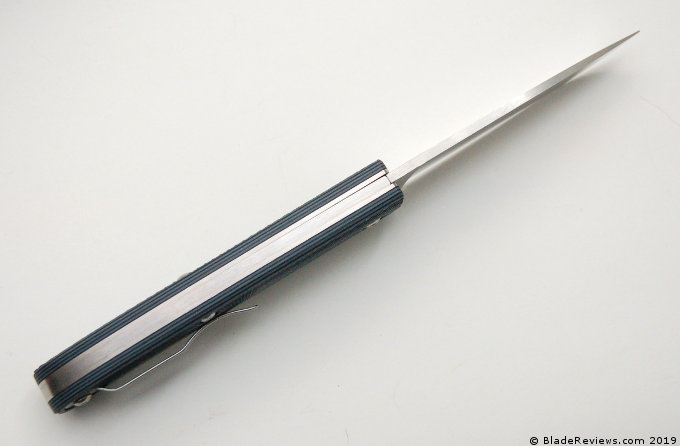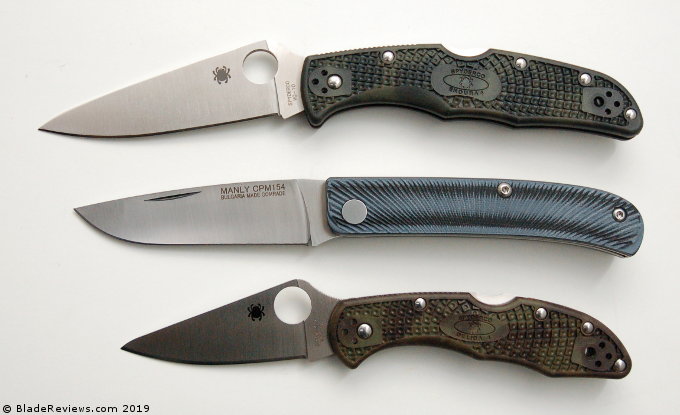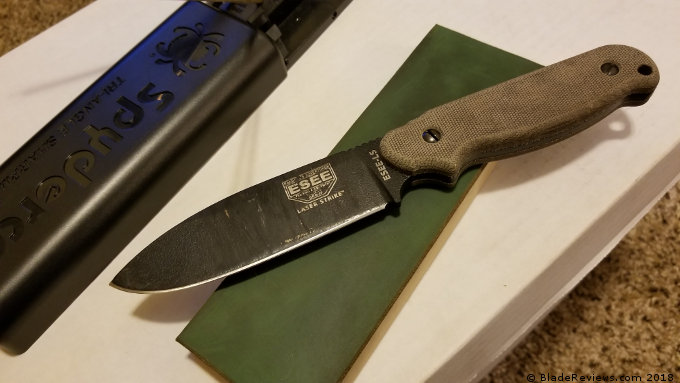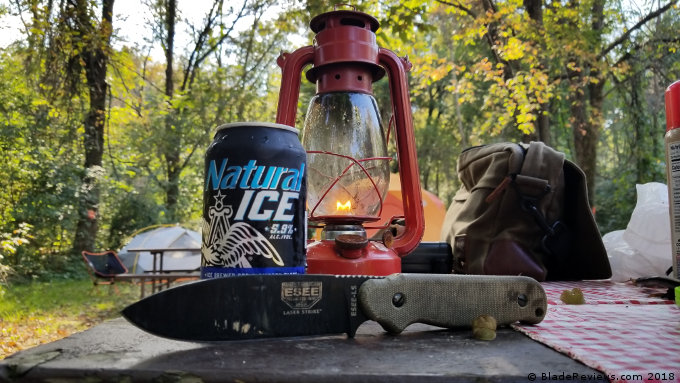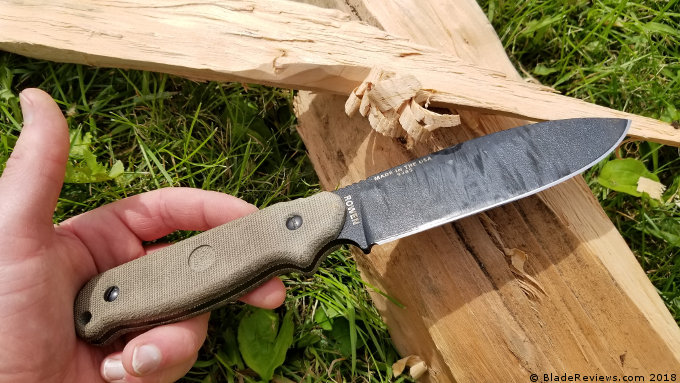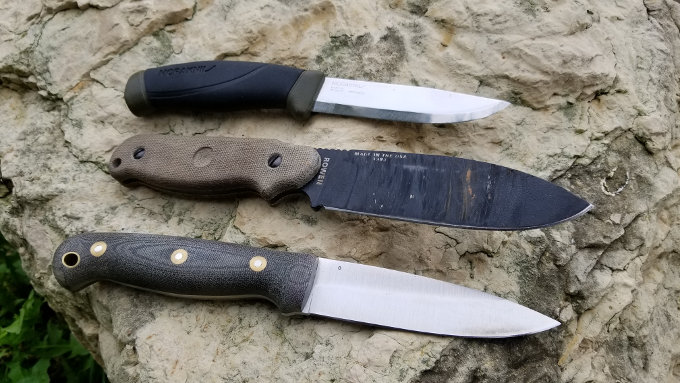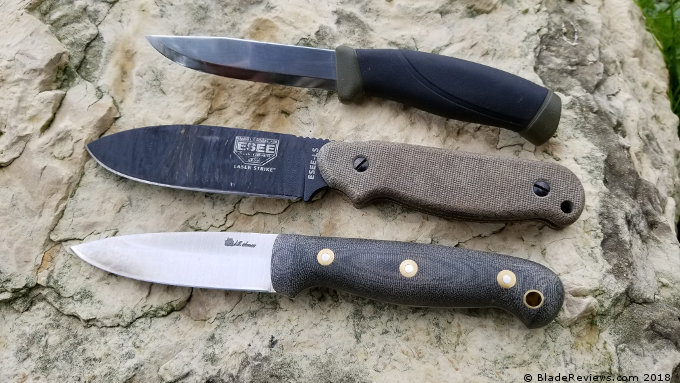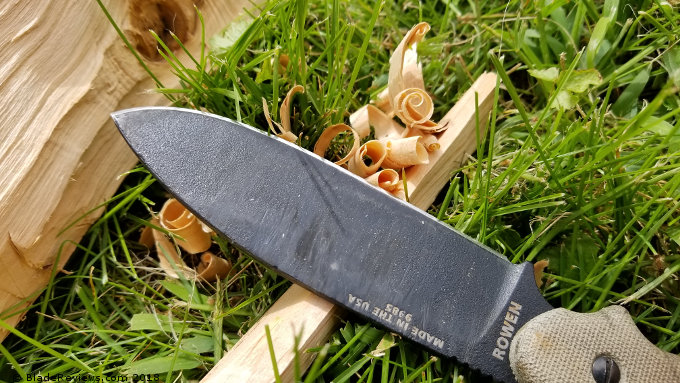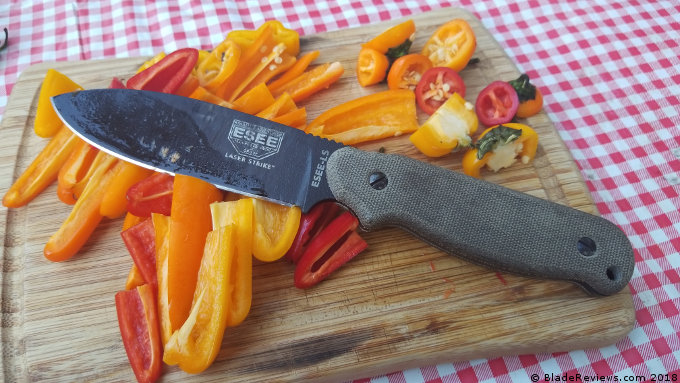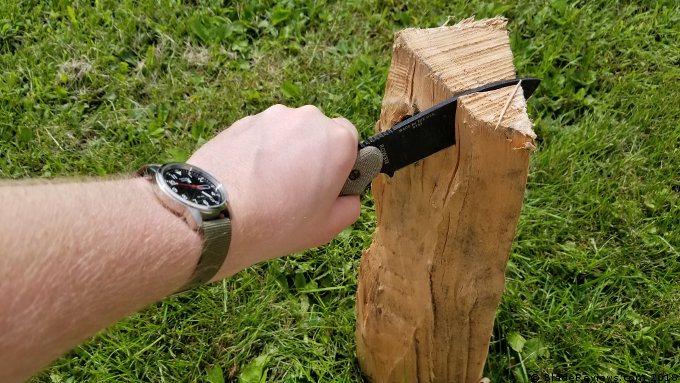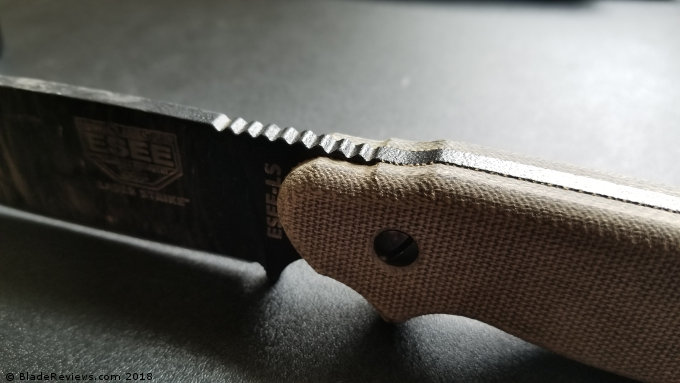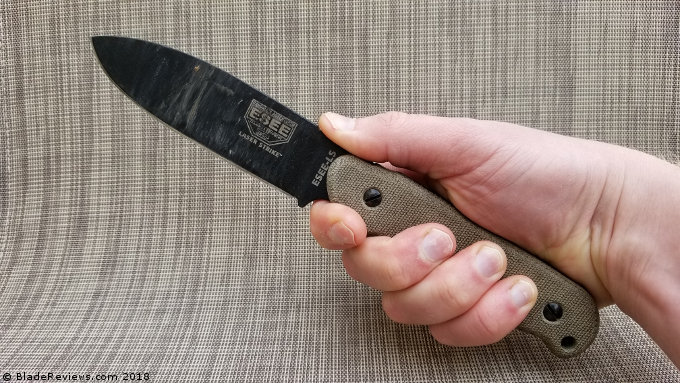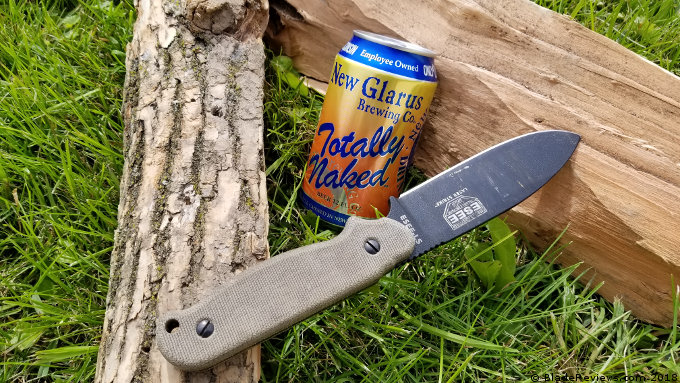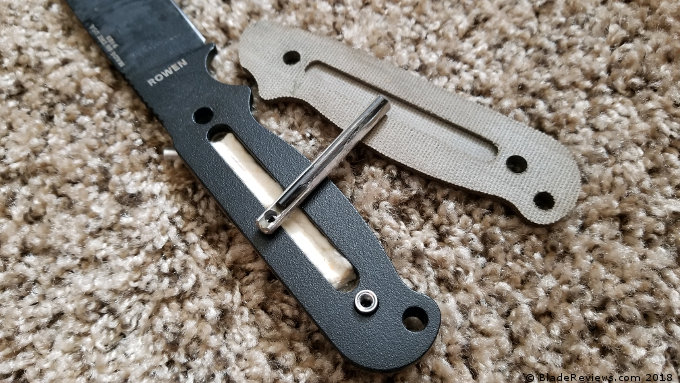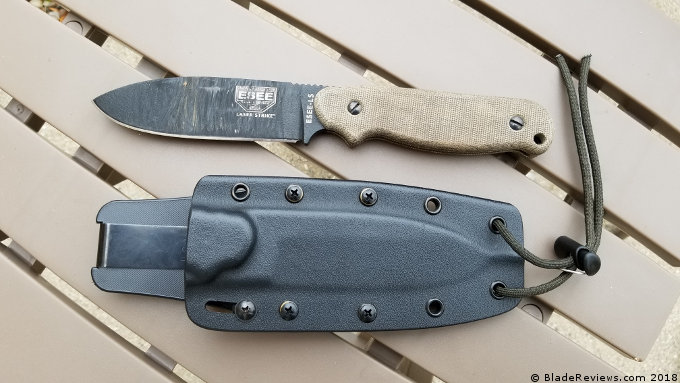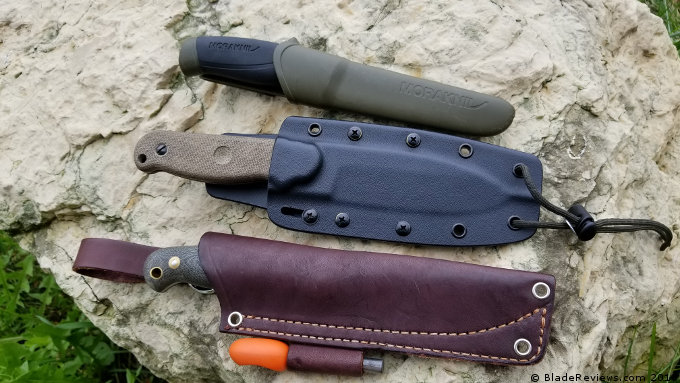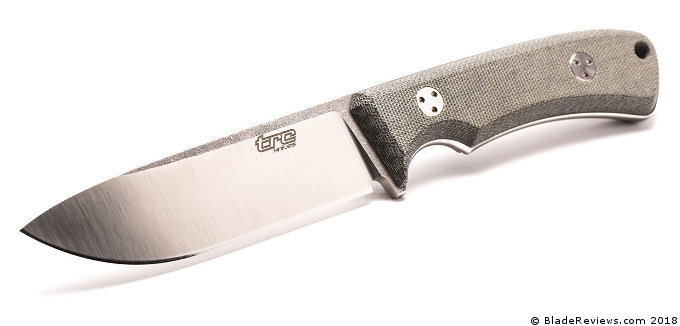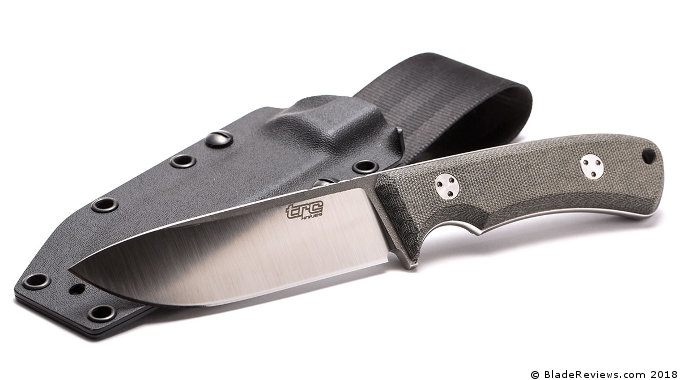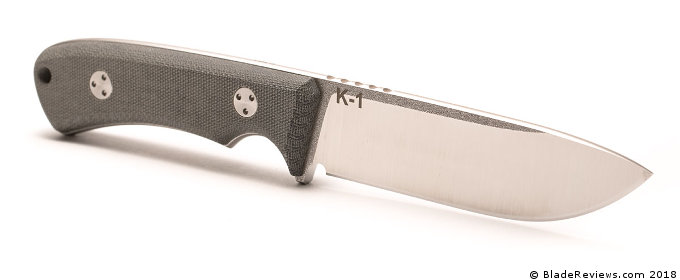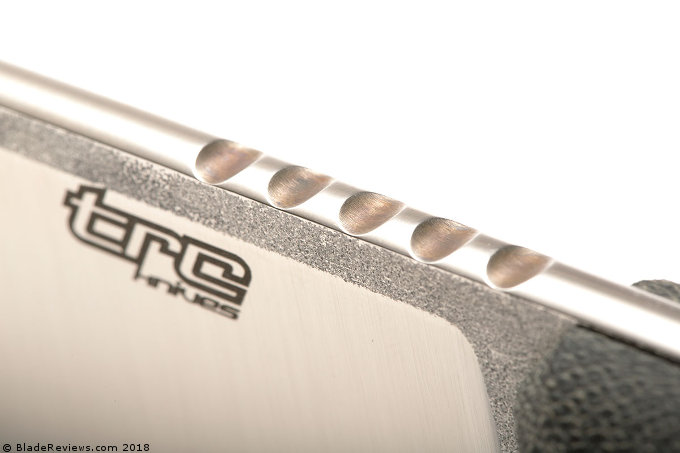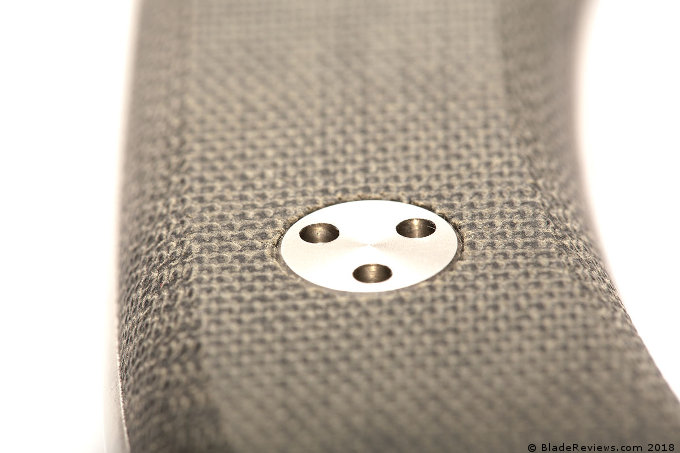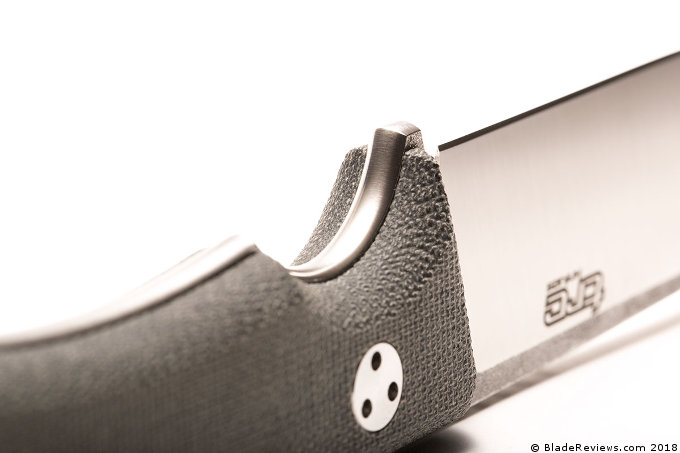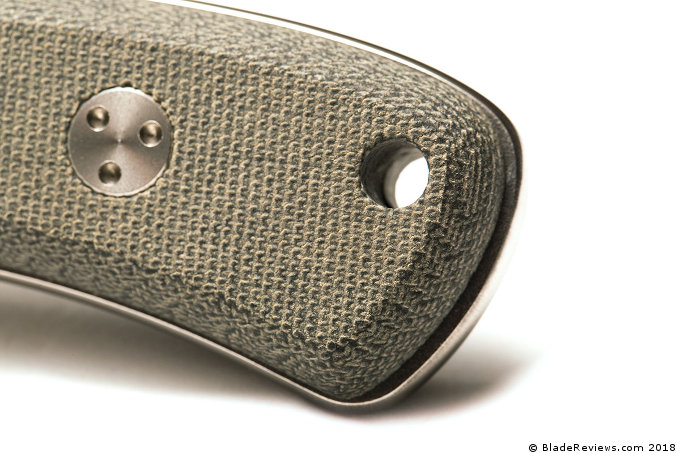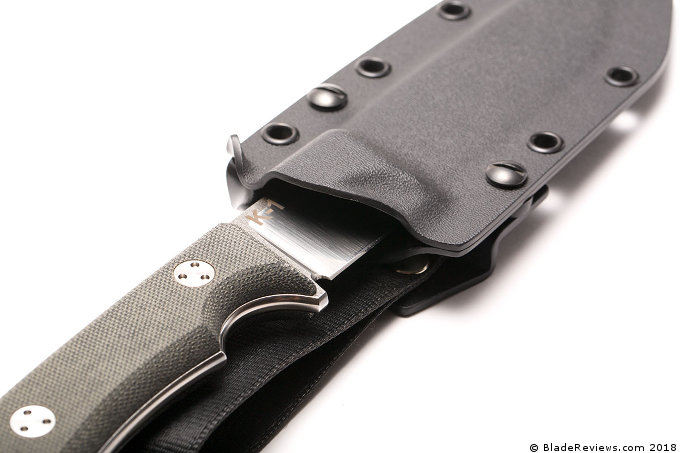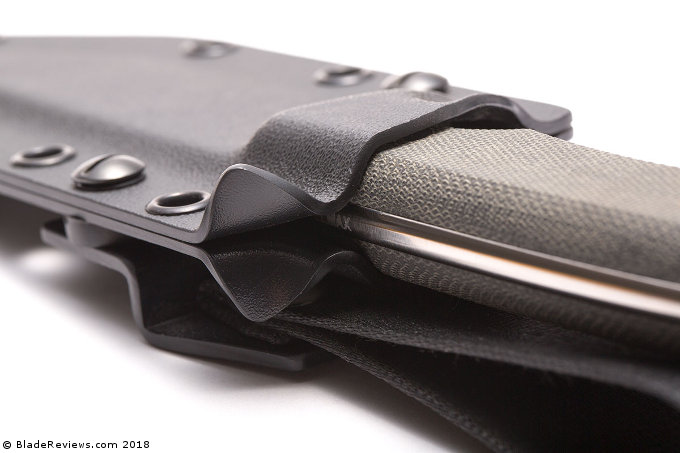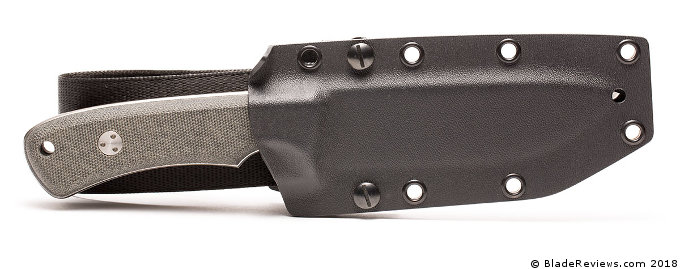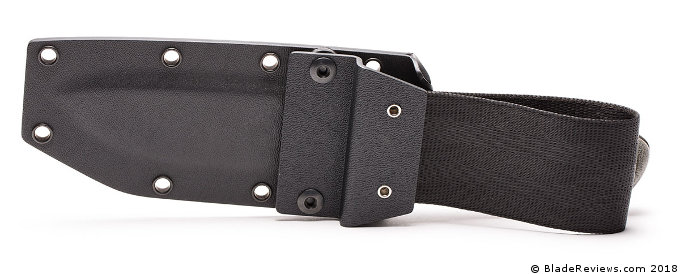The term “Swiss Army Knife” conjures up a certain image. It’s arguably the most universally recognizable pocket knife, spanning the gulf between lay person and hardcore knife enthusiast. These knives are universally popular in part because they are universally useful. Sure, the models with 20+ tools begin to border on the absurd. Fun, but maybe not functional. But models like the Cadet and Pioneer can be appreciated by the collector and average person alike.
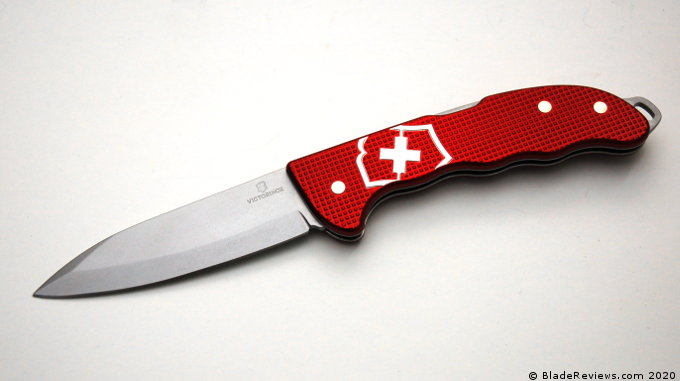
Buy the Victorinox Alox Hunter at BladeHQ
Buy on Amazon
And for many these will be the first knives they handle. Whether it was quietly taken from dad’s bureau on a long summer afternoon, or openly handed around the camp fire in Boy Scouts, the SAK conjures up all manner of nostalgia.
In many ways it’s that standard Swiss Army Knife formula that makes these endearing. They haven’t changed a whole lot since childhood. Little pill shaped handles housing tools we have come to know and love. The penknife, the bottle opener, the nail file, the tweezers and tooth pick. They follow us along through life and settle comfortably into a shelf on the closet, or in a desk drawer, for our own children to eventually discover. It’s a virtuous cycle, and not a terrible business model either.
Victorinox has made small innovations over the years, but the designs remain largely unchanged. The Hunter Pro Alox is a significant departure from the pill shaped slip joints. It’s a big knife with a single blade. It comes with an ergonomic handle, a back lock, and pocket clip. It may seem trivial to you and me, but this is something of a big deal to a company whose product has remained mostly unchanged for over 100 years.
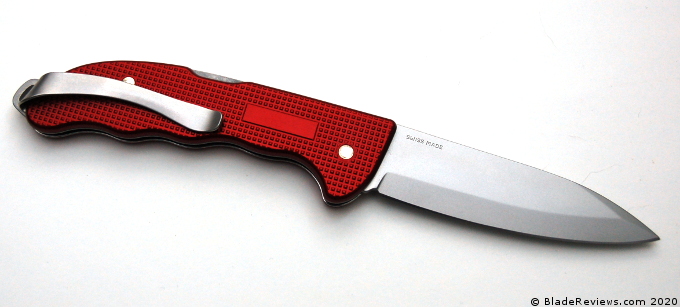
The question is whether the Hunter Pro is truly something significant. Does it mark a change in how we think of Swiss Army Knives? Or is it merely a novelty? This knife was provided to me by Victorinox free of charge. All thoughts are my own.
General Dimensions and Blade Details
The Hunter Pro Alox has an overall length of 8.875″, a 3.875″ blade, weighs 6.25 ounces, and is made in Switzerland. This is a large folding knife. Not just for Victorinox, but for any company with the exception of Cold Steel. I was puzzled by the purpose of this knife. Puzzled to the point where I had to look to the company’s literature to understand what they were aiming for with this piece. According to Victorinox, this is a “cross-over” between an outdoors knife and an urban EDC. I don’t know.
Here’s a size comparison with the Spyderco Endura. Sorry for the blown out picture, and the dark pictures on this review. Was playing around with the camera settings and it was not a particularly good idea.
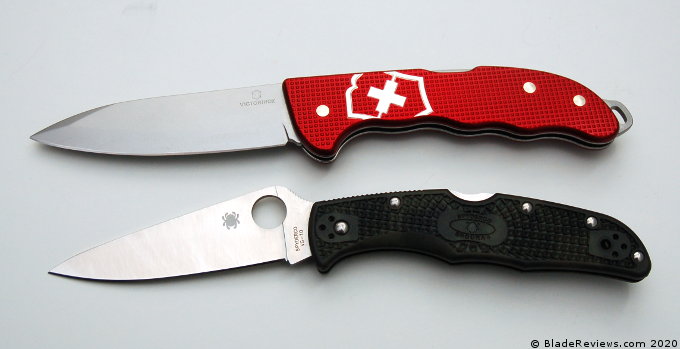
The knife is massive, which doesn’t necessarily bother me, but the weight of it is distracting. Admittedly I have the Alox version, which is the heaviest. Victorinox also offers the Hunter Pro with walnut handle covers or plastic handle covers. Either one of those shaves about 3/4 of an ounce off the weight. The Hunter Pro could be a fun choice for a camp or hunting knife, but this ain’t no EDC. Not in my book at least.
The blade is a near 4″ drop point. It curves gracefully like a whale, lending a utilitarian vibe to what may otherwise be considered a big freaking knife. This gentle giant has been designed for utility. There is a saber grind, and small swedge. The entire blade has been given a matte bead blasted finish. The Victorinox logo and “Swiss Made” have been engraved into the blade.
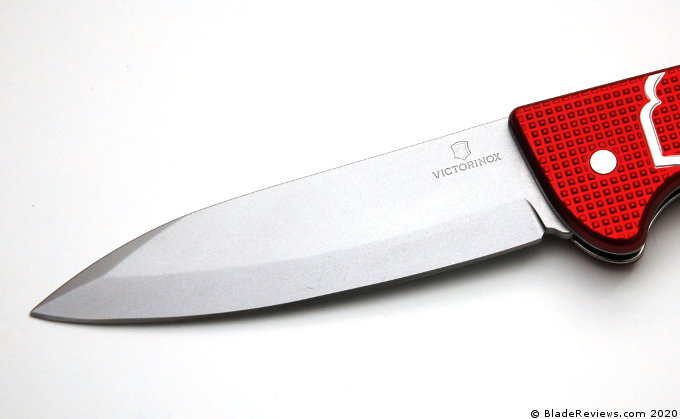
I am unsure on the blade steel for the Pro Hunter. Presumably it’s the same stuff used in their other knives. So far it has proven to be servicable. It takes a fine edge, holds it for a decent amount of time, and is easy to sharpen with a ceramic rod. Victorinox also offers the Pro Hunter with a Damasteel blade as part of a limited edition release they did for 2020. This limited edition is retailing for $400, so I’m not sure how many of those you will see in the wild.
In practice I’ve used my knife on cardboard and some light food prep. It’s starting to get hot in Florida, and most of my time outdoors has been spent on my bicycle, or mowing the lawn. Can’t say there have been many camp fires since the temps breached 90 degrees. And that may be where the Pro Hunter really belongs: at a camp site dicing root vegetables, and sharpening sticks.
The name “Pro Hunter” implies that this would be a choice for dressing game. Alas I’m not much of a hunter, and haven’t had the chance to butcher anything with it besides a bag of bacon. It creates lardons with the best of them.
Handle, Ergonomics, and Pocket Clip
The Pro Hunter Alox has full steel liners, aluminum handle scales, and a solid steel backspacer. The closed length is almost 5.5 inches, so that’s a lot of material and a lot of weight. But everything has been nicely finished. All the parts line up neatly, and the Hunter Pro feels well made. The bright aluminum handle and jaunty bias to the Victorinox cross give it an almost ceremonial appearance. As if this knife could be used at a coronation… or perhaps a circumcision.
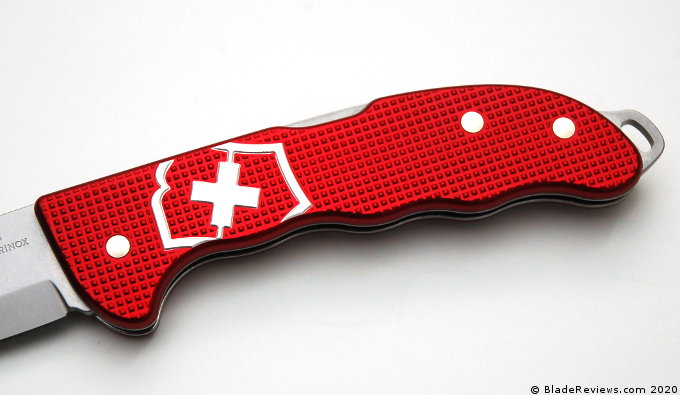
One nitpick is that the handle is riveted together. That’s fine for a $30 knife, but given the price tag of this model hovers around a hundo, I’d like a knife that can be disassembled and cleaned. Especially if it’s geared towards hunting.
The Pro Hunter feels cool and comfortable in hand. The edges of the alox handles are rounded, and even though there are a series of finger depressions, there are no hot spots to speak of. And there is no lack of room on this oversize handle either. For traction, you have the signature Alox pattern on the sides of the handle, and a short run of mild jimping on the spine of the blade. Aluminum has never been considered a high traction material, and this knife is not a paragon of traction, but for normal use I found it comfortable. Wood or plastic would be a good choice for outdoor use, but the nice thing about this bright red handle is that you won’t lose it on the forest floor.
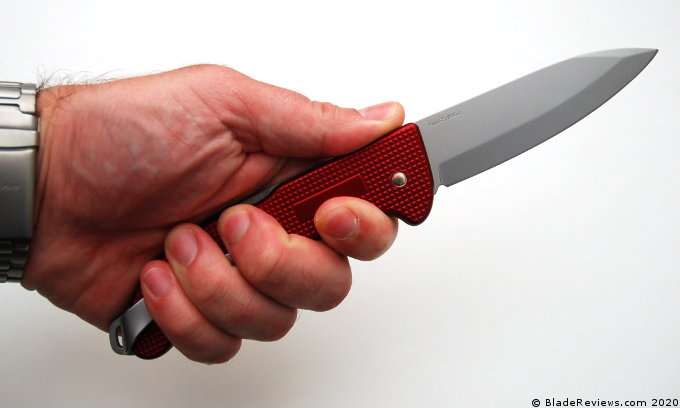
This is the first Swiss Army Knife that I have seen with a factory pocket clip, and Victorinox appears to have put a lot of thought and energy into it. This is right side, tip up only deep carry clip. It’s large, and I think that was necessary given how hefty the knife is. The clip’s spring tension is good, and the knife is held in place, but this is a knife that you will notice in the pocket. I’ve never been a belt and suspenders guy, but the Pro Hunter has me thinking about it.
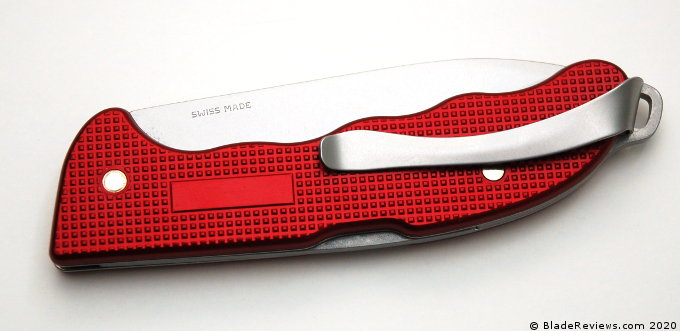
This is a somewhat discreet knife in the pocket. The knife buries completely, but the large pocket clip stands out next to denim. Here is you in the pocket shot:
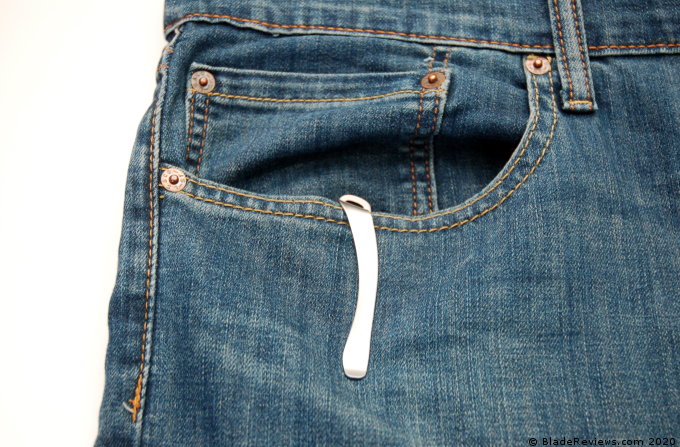
Deployment and Lockup
You get 2 choices with the Pro Hunter: a thumb hole or nothing. I opted for “nothing”, and the result is a 2 hand opener. It’s an easy knife to open with two hands. There is an expanse of blade flat to grab onto and a mild back spring, so it doesn’t need a nail nick. The thumb hole version is more practical, but this version works too. The two hand opening might make it legal in certain countries. The action is fluid, and there appear to be some washers inside the knife.
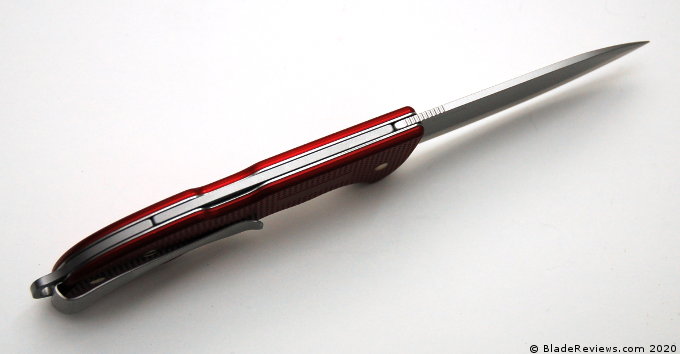
The Pro Hunter uses a lock back to lock the blade in place. The lock works well. The spring retention is strong enough to keep the knife from opening by gravity, but the blade opens with a satisfying clack. The lock up is rock solid. No blade play at all in any direction. Disengaging the lock is easy enough. Everything works as it should and feels good.
Here is a parting size comparison with a more traditional SAK. This is the new 93mm Alox Farmer X:
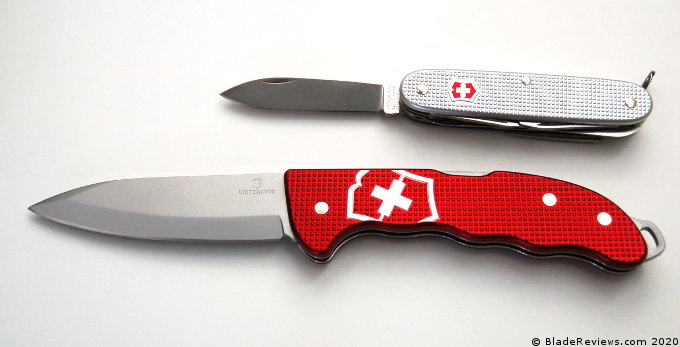
Blade centering is perfect. Rounding things out is a large slotted lanyard hole.
Victorinox Pro Hunter Alox Review – Final Thoughts
The Pro Hunter Alox doesn’t quite work for me. On one hand, it’s well made and functional. Victorinox has always made a nice knife, and this Pro Hunter is well made. The red aluminum handles are striking, the fit and finish is excellent, and everything works as advertised. The pocket clip and lock back are both well done.
The problem is the knife is way too heavy. Maybe if they ditched the liners, thinned the blade, and re-worked the steel backstrap you would have something that could cross-over between outdoor use and Urban EDC without pulling your pants off. As it stands the Pro Hunter strikes me as an oddity in my collection. Large and heavy, which makes it less practical. I hope it won’t stop Victorinox from attempting to innovate, but it doesn’t entirely feel like a step forward for the brand.
- Compact and Sleek: The Hunter Pro Alox is the sleek and handy every day carry for the modern man
- Versatile: Its iconic design and perfect form combined with the sturdy blade make it the ideal cross-over from the outdoors to the urban jungle
- Durable: The standout feature is the hugely popular Alox scales, known and loved for their durability
- Other Features: Add in the new smart clip, spring integrated lanyard hole and paracord pendant and you have hunting’s new generation go-to multi-tool
- Finish: Aesthetically it’s a hit too; the subtle shimmering finish showcases the knife’s key parts with style
Editor: I recommend purchasing the Victorinox Pro Hunter Alox at BladeHQ or Amazon. Thank you for reading.

